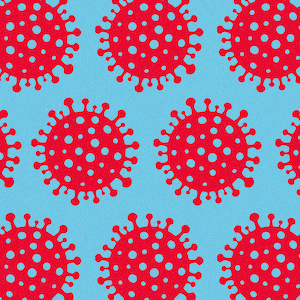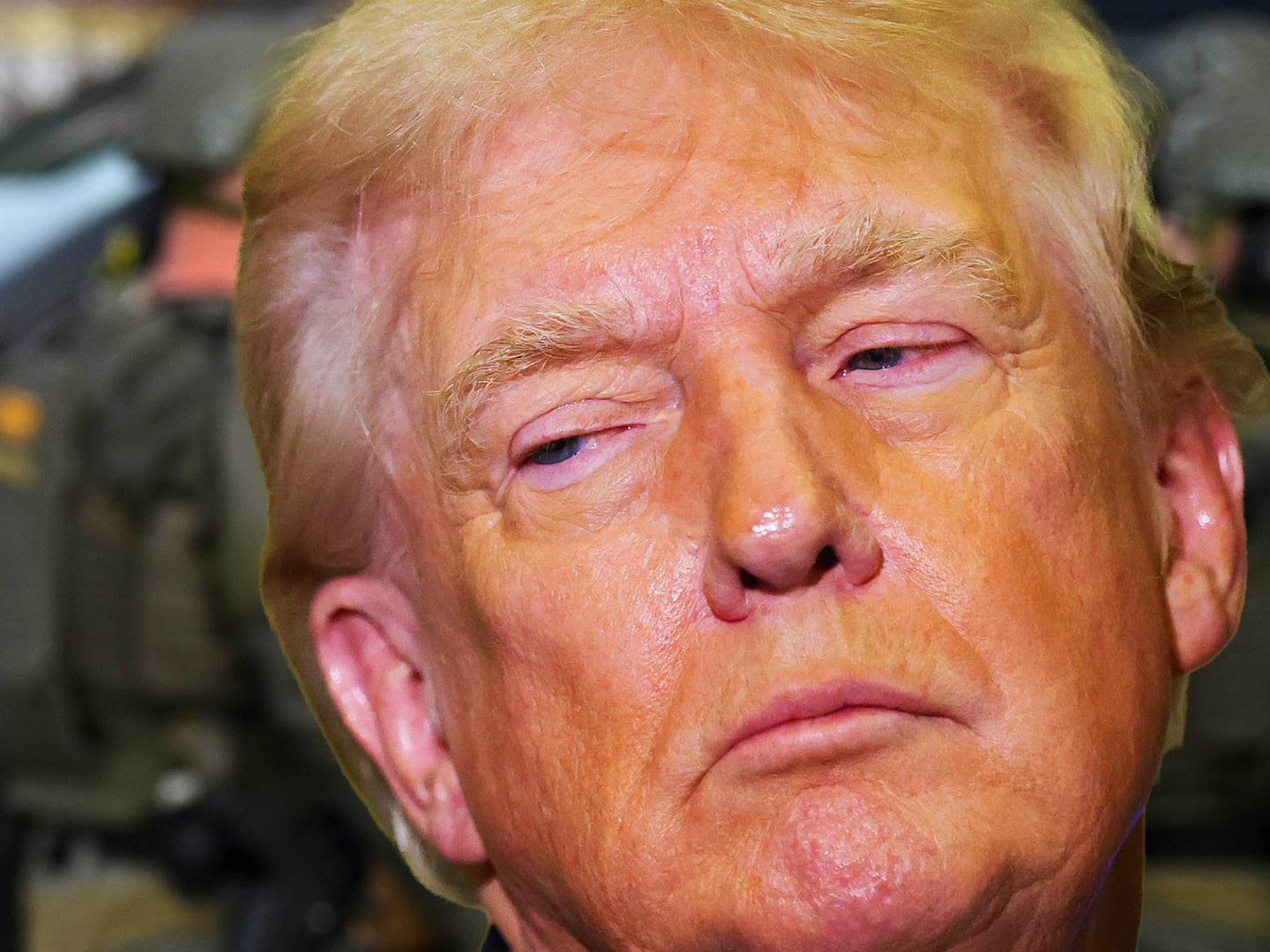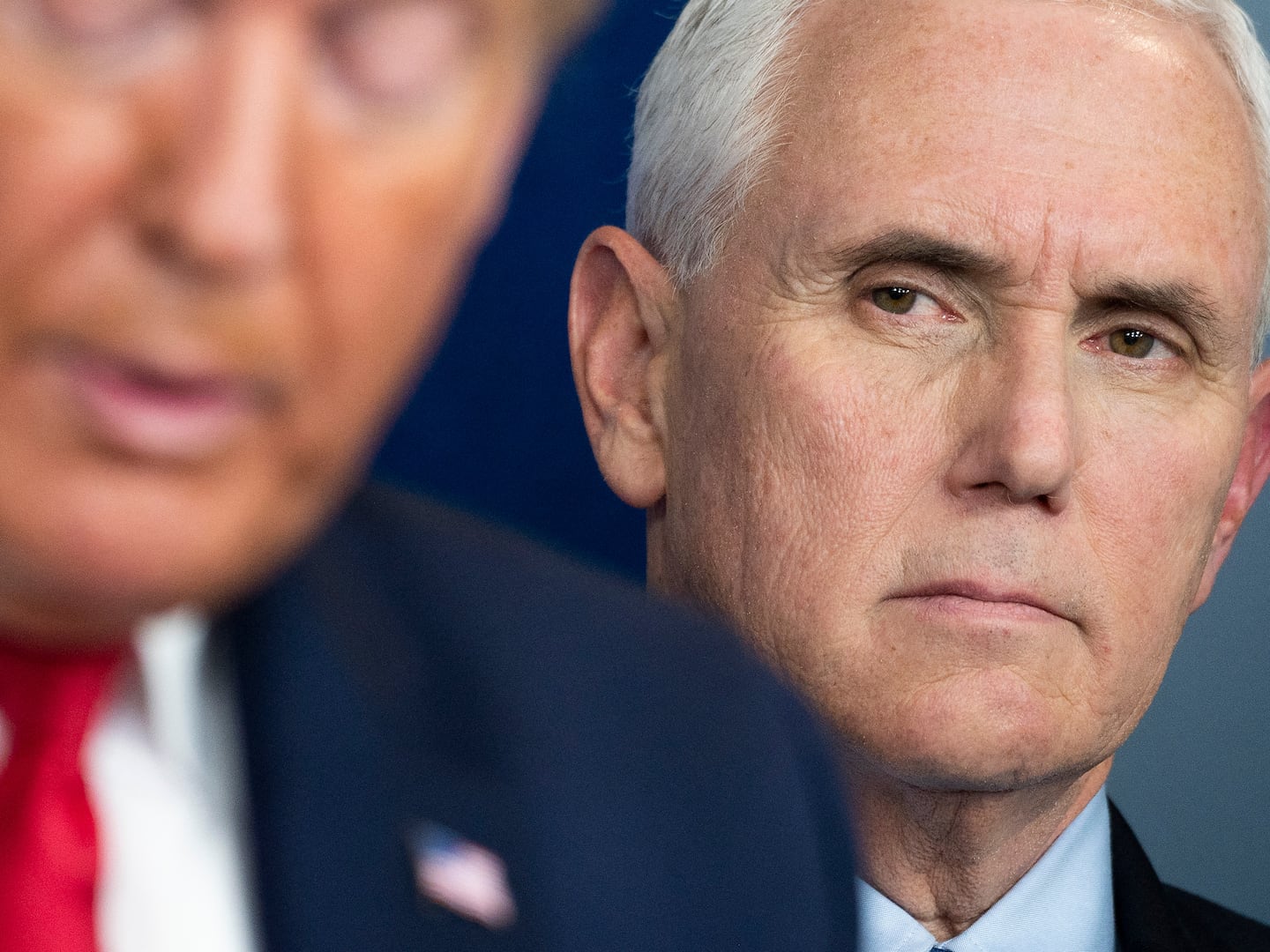It’s no surprise the novel coronavirus mutates. That’s what viruses do. What’s surprising about SARS-CoV-2, the virus that causes COVID, is that it mutates fast. And two years into the pandemic, it abruptly mutated really fast—and produced the Omicron variant, the descendants of which are still dominant all over the world.
The big question now is whether and when it happens again. Whether and when a fresh spurt of mutations produces a new variant that’s even worse than Omicron. There are reasons to worry the conditions are already there for another bout of accelerated evolution.
The novel coronavirus does mutate more quickly than other pathogens. “The current rate of antigenic evolution of SARS-CoV-2 exceeds that of other viruses,” Richard Neher, a geneticist at the University of Basel in Switzerland and a contributor to the NextStrain data consortium, told The Daily Beast. “I don’t think we understand the underlying reasons very well.”
Data visualization from Nextstrain depicts COVID’s genetic family tree—“phylogeny” is the scientific term—and starkly illustrates the novel coronavirus’s evolutionary trends. For the first two years of the pandemic, the virus mutated steadily, from the original form of SARS-CoV-2 to the Alpha variant then Delta.
And then, starting in late 2021, the mutation rate temporarily ramped up by around a third. The result was Omicron, a variant with so many genetic changes—many of them concentrated on the spike protein, the part of the virus that helps it grab onto and infect our cells—that it’s not only more transmissible, it’s also increasingly unrecognizable to many of our COVID antibodies.
Scientists call that “immune escape” or “immune evasion.” The more immune escape SARS-CoV-2 demonstrates, the less effective our vaccines and therapies are. The latest Omicron subvariants have so much immune escape baked into their genetic makeup that whole classes of monoclonal therapies don’t work at all.
It’s possible to formulate new vaccines and therapies, of course. But the pharmaceutical industry, and the government regulators who approve new medicines, move only so fast. Lately, COVID has been moving faster. The silver lining, if there is one, is that our natural antibodies from past infection have held up much better than our artificially induced antibodies.
The spurt of mutations that produced Omicron may have been a genetic fluke. The NextStrain data seems to indicate that, after a heated few months of intensive evolution in mid-to-late 2021, Omicron settled down.
“My personal opinion based on the NextStrain tree is that there was really fast mutation in the parts of the tree that gave rise to Omicron,” Niema Moshiri, a geneticist at the University of California, San Diego, told The Daily Beast, “but aside from that outlier part of the tree, the rest of the tree seems to be mutating at reasonably similar rates.”
Since the split from the Alpha variant, Omicron “is not mutating 30-percent faster,” Neher said. That might feel like cold comfort, considering the consequences as Omicron and its subvariants became dominant. More infections and reinfections. More immune escape.
What happens if, a month or a year, or two years from now, there’s another sudden ramp-up in mutations that produces a variant worse than Omicron? We’ve already satisfied the main prerequisites for another burst of mutations.
Ironically, all our antibodies from vaccination and past infection helped fuel Omicron’s initial breakneck mutation rate. The more antibodies we throw at the novel coronavirus, the harder the virus works to find a way around those antibodies. “These increased mutations are in response to the increased immune pressure,” Edwin Michael, an epidemiologist at the Center for Global Health Infectious Disease Research at the University of South Florida, told The Daily Beast.
Now consider how much more contagious Omicron is compared to older variants—and how many more infections there were, even as the rate of severe disease, hospitalization, and death decreased somewhat owing to widespread immunity. The resistance from antibodies spurred Omicron. Now that resistance is even greater.
It’s a paradox. Widespread immunity protects us from one form of COVID, only to encourage the evolution of new and more dangerous forms of the disease. “We are now in an arms-race situation between mutations and immunity,” Michael said.
If it feels like maybe humanity is handling the disease pretty well right now, with steadily decreasing deaths in most parts of the world, it’s because we’re winning the immunity arms race at the moment. If that changes, and deaths start going up, it could be because the mutation rate surged again. All of the sudden, the virus is winning the arms race.
The devil is in the details. Will the spike accumulate mutations that make the virus more transmissible but no more severe? Will mutations be concentrated on other parts of the pathogen, with unpredictable impacts on the effectiveness of vaccines and therapies?
One thing is clear. The virus is everywhere—“hyperendemic,” to use an epidemiological term. And “each transmission is an opportunity for mutation,” Neher explained. So new subvariants and variants are almost certainly coming. All we can do is keep tabs on the virus’s evolution, do our best to prepare with updated vaccine boosters and be ready with new vaccines, therapies, and public health policies once a major new variant reveals itself.
Expect good seasons and bad ones. The immunity arms race “will lead to oscillations in levels of immunity and hence to resurgences in infection going forward,” Michael said. How bad each surge gets, in terms of cases and deaths, “will be dictated by the rate of transmissibility and immune-evasiveness of emerging variants,” he added.
The best-case scenario is a virus that doesn’t change too much, too fast. In that case, “the pandemic will not fade away but will persist, with occurrence of periodic outbreaks,” Michael said. “As long as the mutants do not become more virulent—which normally they don't—and the repeat waves are not too large, then we might be able to live with the virus.”
The worst-case scenario could begin with a jump in the mutation rate, like scientists observed a year ago before Omicron became dominant. That’s a sign the virus is about to gain a big advantage over our immunity.
Omicron is already escaping antibodies from vaccines and therapies. Some new variant that repeats Omicron’s 2021 mutation spree could escape natural antibodies, too. That could leave us with almost no protection against a fast-changing virus.








